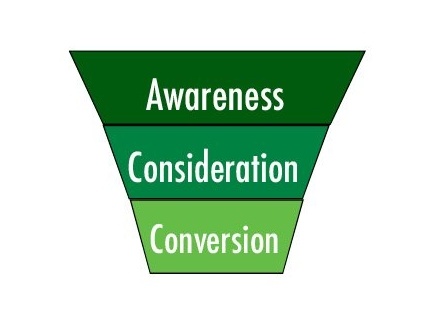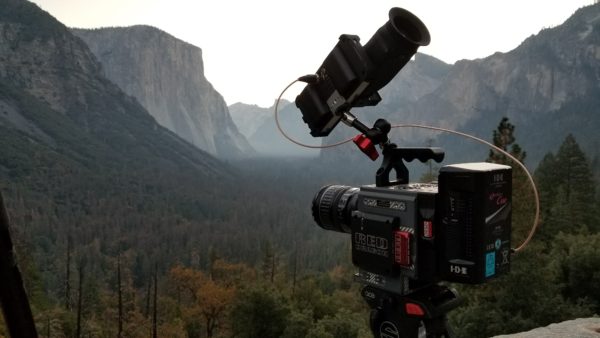SEO vs. SEM: How the Outdoor Industry is Paving the Way
Depending on what you may have read, what others have told you, and your own past experiences, you may have formulated thoughts on SEO or SEM and how they can impact your bottom line. Built and managed the right way both of these avenues can lead to huge potential ROI. We have seen the greatest success in running these campaigns side by side and can attribute that success to a few factors which we will discuss below.
SEO & SEM: What’s the Difference?
SEO is the practice of implementing content and technical changes on your website to send Google and other search engines the right signals for the keywords you would like to rank for. SEM involves paying for clicks or visibility in front of the audience of your choice. This can include ads on Google, Facebook, Amazon, LinkedIn and more. While SEO is a much more organic play with factors involving domain age and links from other websites pointing to your site, SEM is much more predictable. You have much more control of who sees what and how they interact with your media with an SEM campaign.
Combining SEO and SEM for a Marketing Powerhouse
If you are able to rank organically on the first page of a search engine results page, you are in the mix and should be driving valuable traffic to your website. If your traffic is not converting, it may be time to look at building a brand story. Once you’ve established this traffic, you could look at turning on ads for the keywords you are on the first page for. The real estate you cover on the page will keep your product or service at the top of the viewer’s mind. Even if they scroll past your paid ad, they are more prone to visit your site via the organic listing because they’ve seen you before. This leads to higher click through rate for your organic traffic and costs you nothing. As long as you have a proper margin established with your product you can find out exactly how much each lead will cost you and audit viability on various keywords as you move through the process of research. The key is finding and building out keywords without as much competition. They may not carry the volume, but they will convert at a much higher rate. This typically comes in the form of more specific keywords built into your paid ad campaign.
What if I Have a New Website?
New websites are much harder to rank organically than sites that have been around for years. Brand new websites look fishy to Google from the start and it is important to get off on the right foot as Google and other search engines crawl and index your website. It takes time to build up content and begin to establish yourself as a knowledge resource with Google. The more content you create and the more people who link to that content creates more trust with Google and other search engines. This process takes time, and depending on the competition you are trying to enter the space with, you could be looking at years to see the results you are truly looking for. Paid ads become an efficient and measurable way to generate leads in this lead time. Some people have referred to this as the “reverse SEO” strategy, but we call it common sense. You can’t sit on your hands watching your rankings move from page 9 to page 2 with no direct increase in leads or sales for months and not get antsy. Creating, refining, and executing an advanced SEM strategy can generate the leads and cash flow you are looking for initially while you execute your SEO strategy. Once you reach the first page in organic listings, you could scale back your ad spend and evaluate maximization of your ROI. Having the right partner to create and manage your SEM campaign can be the difference between success and failure.
There are many ways to integrate SEO and SEM into the same strategy, creating a cohesive and engaging process for your audience. Combining these two important marketing tactics can revolutionize your leads, conversions, and sales. Contact Sage Lion Media to learn more.







